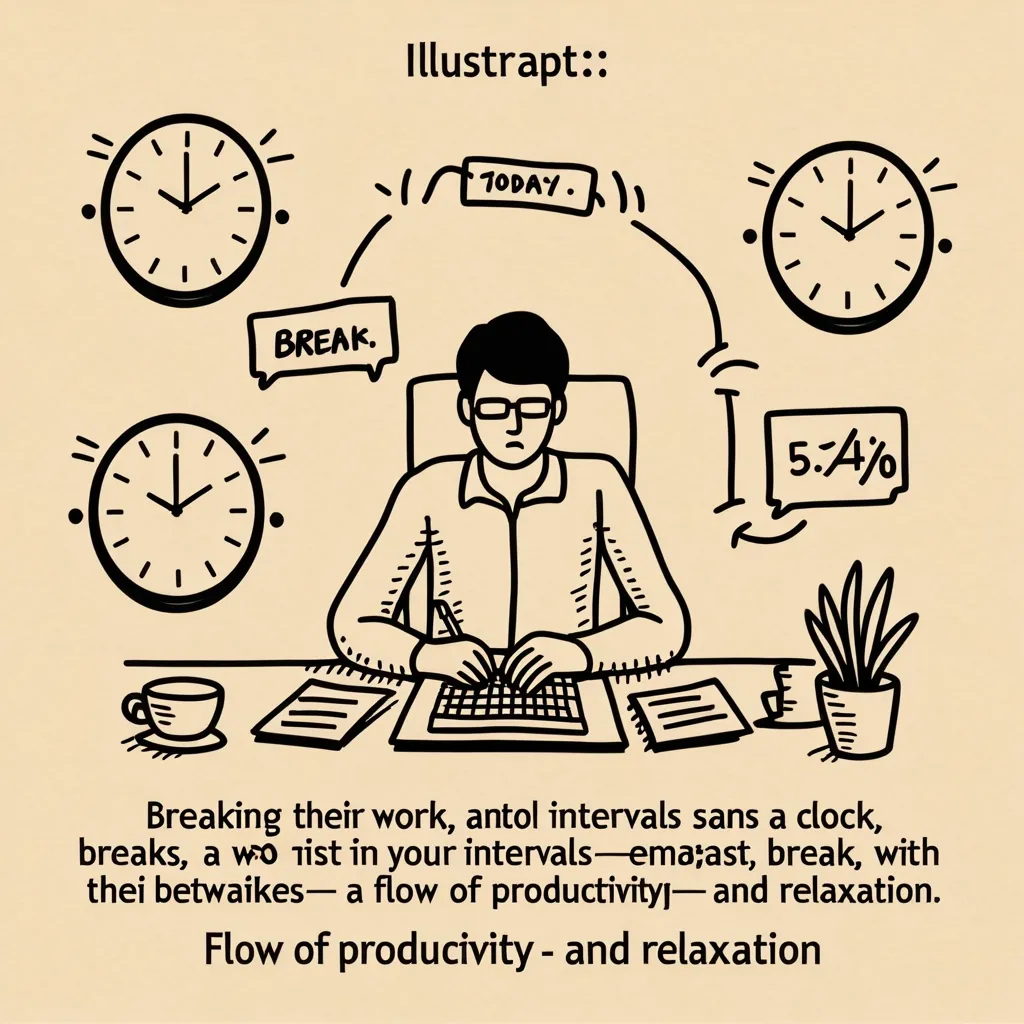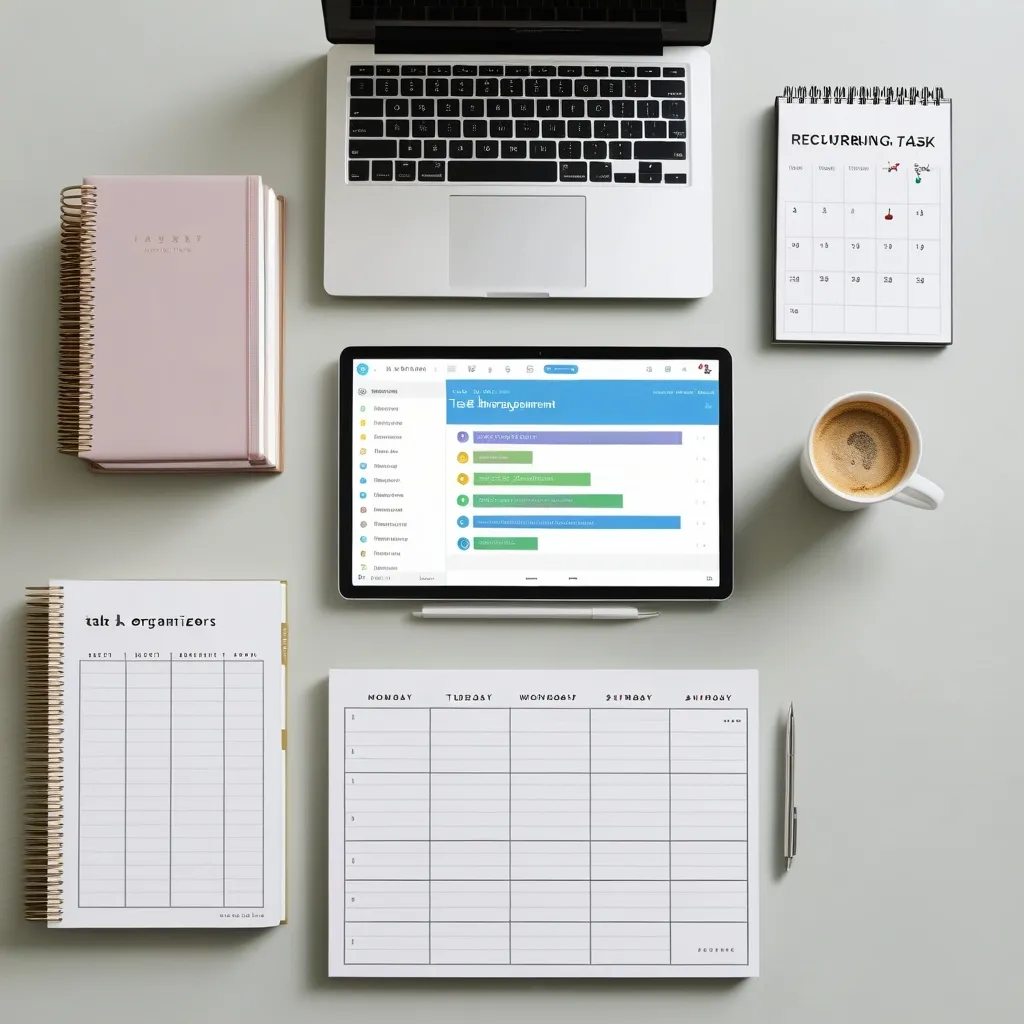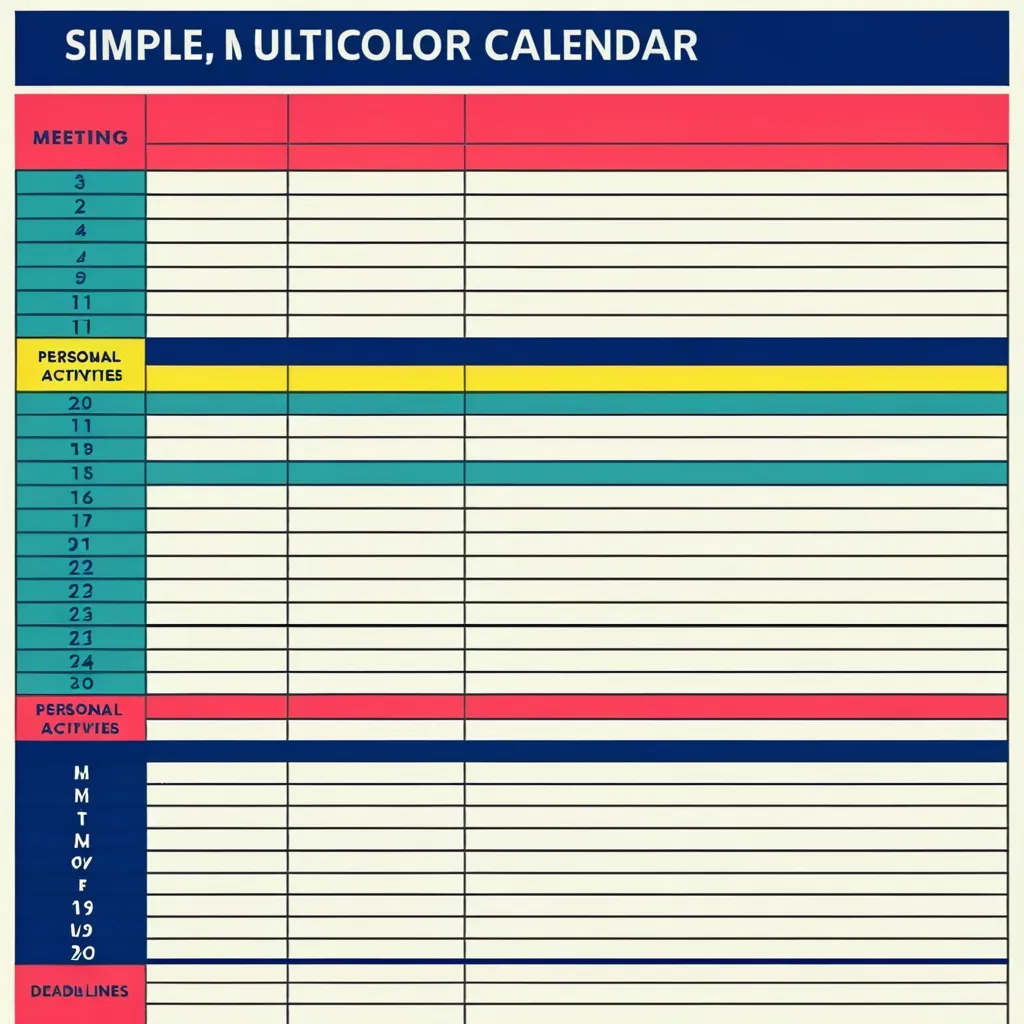In a world that moves a mile a minute, staying on top of everything can feel like an endless game of whack-a-mole. But there’s a secret weapon out there designed to help you get stuff done without losing your mind: the Pomodoro Technique. This super-simple, yet shockingly effective time management hack has been around since the late ’80s and has been a go-to for tons of folks looking to amp up their productivity.
The brainchild of Francesco Cirillo, an Italian university student who was drowning in tasks and distractions, the Pomodoro Technique was born out of a need for better focus and time management. Francesco found that by chunking work into bite-sized pieces, he could stay laser-focused and get more done. He named these chunks “Pomodoros” after the tomato-shaped timer he initially used. And just like that, a productivity revolution began.
So, what’s the scoop on how to work this magic into your day? It’s dead simple. Pick a task that you can knock out in a short time frame. Set a timer for 25 minutes—this could be anything from a classic kitchen timer to a snazzy app on your phone. Glued to your task, let nothing derail you—emails, social media, or your cat suddenly deciding your keyboard is the perfect spot for a nap. When the timer goes ding, you’re free to take a breather for 5 to 10 minutes to recharge. Rinse and repeat this cycle, and after four Pomodoros, kick back with a longer break of 15 to 30 minutes.
What’s awesome is the science backing this method. Breaking work into smaller intervals helps in tackling that overwhelming feeling giant tasks can bring. Plus, these regular pauses not only refresh your brain but also keep burnout at bay. Staying glued to one thing at a time means you sidestep the productivity black hole of multitasking.
Interruptions can be a productivity killer, but with the Pomodoro Technique, you’ve got some handy tactics up your sleeve. Treat every 25-minute block like it’s inviolable. If someone or something tries to throw you off track, either defer the interruption or start the Pomodoro over later. This no-nonsense approach helps cement focus and keeps you from task-switching madness.
Customizing this technique to fit your vibe is totally on the table, too. The traditional 25-minute work period followed by a short break is just the starting point. If you’re knee-deep in a task that demands deep focus, you might wanna stretch those intervals out to 50 minutes with a 10-minute break. On the flip side, if the sheer thought of your task freaks you out, dialing down to 10 or 15-minute intervals can soften the blow.
Different Pomodoro hacks can fit various needs. For some serious concentration, try the 50/10 Pomodoro—50 minutes of hard work and 10 minutes to kick back. For quicker tasks, rock the Mini Pomodoro, which is 15 minutes on and 5 minutes off. There’s also the Progressive Pomodoro, where you start small, say 15 minutes, and gradually stretch out the work intervals as you get more comfortable.
Now, let’s talk perks. For starters, this technique ramps up your focus; you’re pledging short, undisturbed stretches to a single task, cutting out distractions. Regular breaks are like micro-vacations for your brain, staving off mental fatigue and avoiding burnout. The clear structure of the Pomodoro Technique makes it easier to prioritize your to-dos, making you more efficient. Plus, that feeling of crossing off each Pomodoro can be a huge morale booster, fueling your drive to tackle more.
To get the most out of this system, a bit of planning goes a long way. Kick off your day by mapping out your Pomodoros, making a priority list of tasks. Banish distractions before starting a Pomodoro—turn off notifications, clear your desk, and create a quiet spot for yourself. Use your breaks wisely; these are meant to recharge you, not drain more mental energy. So, avoid anything too taxing during downtime. And hey, feel free to switch things up based on what fits best with the task at hand and how you’re feeling.
Group settings aren’t left out, either. The Pomodoro Technique can be a game-changer for team projects. Syncing Pomodoros with your team can help everyone stay on track and work efficiently in bursts, leading to a powerhouse of productivity.
In the end, the Pomodoro Technique is like a Swiss Army knife for getting things done. By slicing up your work into manageable intervals and blending in regular breaks, you keep distractions at bay, avoid burnout, and get more bang for your buck time-wise. It doesn’t matter if you’re a student, a pro juggling a million things, or just someone who wants to make better use of their time—this technique is worth a shot. So why wait? Grab a timer, pick a task, and dive into your first Pomodoro.






